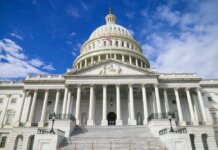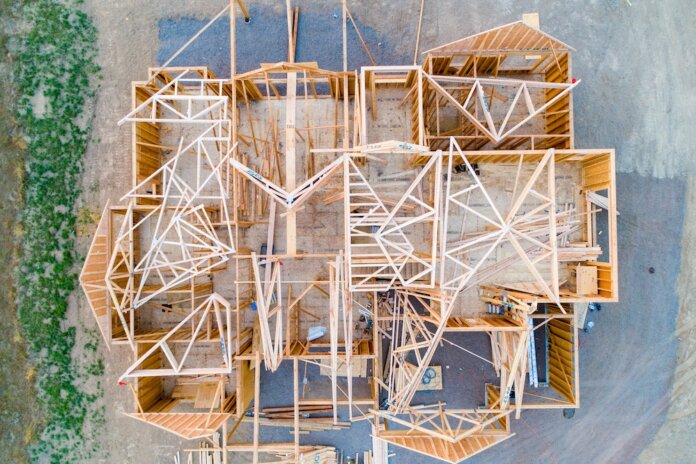Housing starts were at a seasonally adjusted annual rate of 1.36 million in April, an increase of 5.7% compared with March but down 0.6% compared with April 2023,, according to estimates from the U.S. Census Bureau and U.S. Department of Housing and Urban Development.
The increase for April was entirely multifamily construction.
Starts of detached single‐family homes were at a rate of 1.031 million, down 0.4% compared with March.
Starts of multifamily homes (five units or more per building) were at a rate of 322,000, an increase of 31.4% compared with March.
On a regional and year-to-date basis, combined single-family and multifamily starts were down 24.5% in the Northeast, but up 11% in the Midwest, 1.8% in the South and 8.4% in the West.
Building permits were at a seasonally adjusted annual rate of 1.44 million, a decrease of 3% compared with the previous month and down 2% from a year ago.
Permits for single‐family homes were at a rate of 976,000, down 0.8% compared with March.
Permits for multi-family dwellings were at a rate of 408,000 in April, down 9.1% compared with March.
On a year-to-date basis, permits were up 9.3% in the Northeast, 8.5% in the Midwest, 2.8% in the South and 0.2% in the West.
Housing completions were at a rate of 1.623 million, an increase of 8.6% compared with March and up 14.6% compared with April 2023.
“While the start of the year has seen an expansion for single-family home building because of a lack of existing home inventory, home building activity leveled off in April as higher interest rates, tighter lending conditions and lower home building sentiment acted as headwinds on new home construction,” explains Carl Harris, chairman of the National Association of Home Builders (NAHB), in a statement. “Lower interest rates, particularly for builder and developer loans, will help builders to increase the pace of home construction in the months ahead.”
“Moving forward, the multifamily market will see additional declines for construction volume, while the pace of completions remains elevated,” adds Robert Dietz, chief economist for NAHB. “April marked the fifth consecutive month for which the seasonally adjusted rate of multifamily completions was above 500,000. This additional rental supply will help lower shelter inflation, which is the last leg of the inflation policy challenge.”
Odeta Kushi, deputy chief economist for First American, says the decrease in permits indicates that “single-family production may decline further in months to come.”
“A bright spot in today’s report is the increase in single-family completions,” Kushi says in a statement. “Completions were up 15 percent compared to last month, and nearly 14 percent higher than one year ago. Single-family completions reached the highest level since November 2022 – this is new supply that can immediately help offset current housing shortages.”
“Higher mortgage rates reduce affordability and suppress sales of new and existing homes,” Kushi says. “Homebuilders are still able to offer incentives, such as rate buydowns, to entice buyers, which is why new-home sales will likely continue to outperform the existing-home market. However, ‘higher for longer’ rates are still a major headwind to builders.”
Photo: Avel Chuklanov













